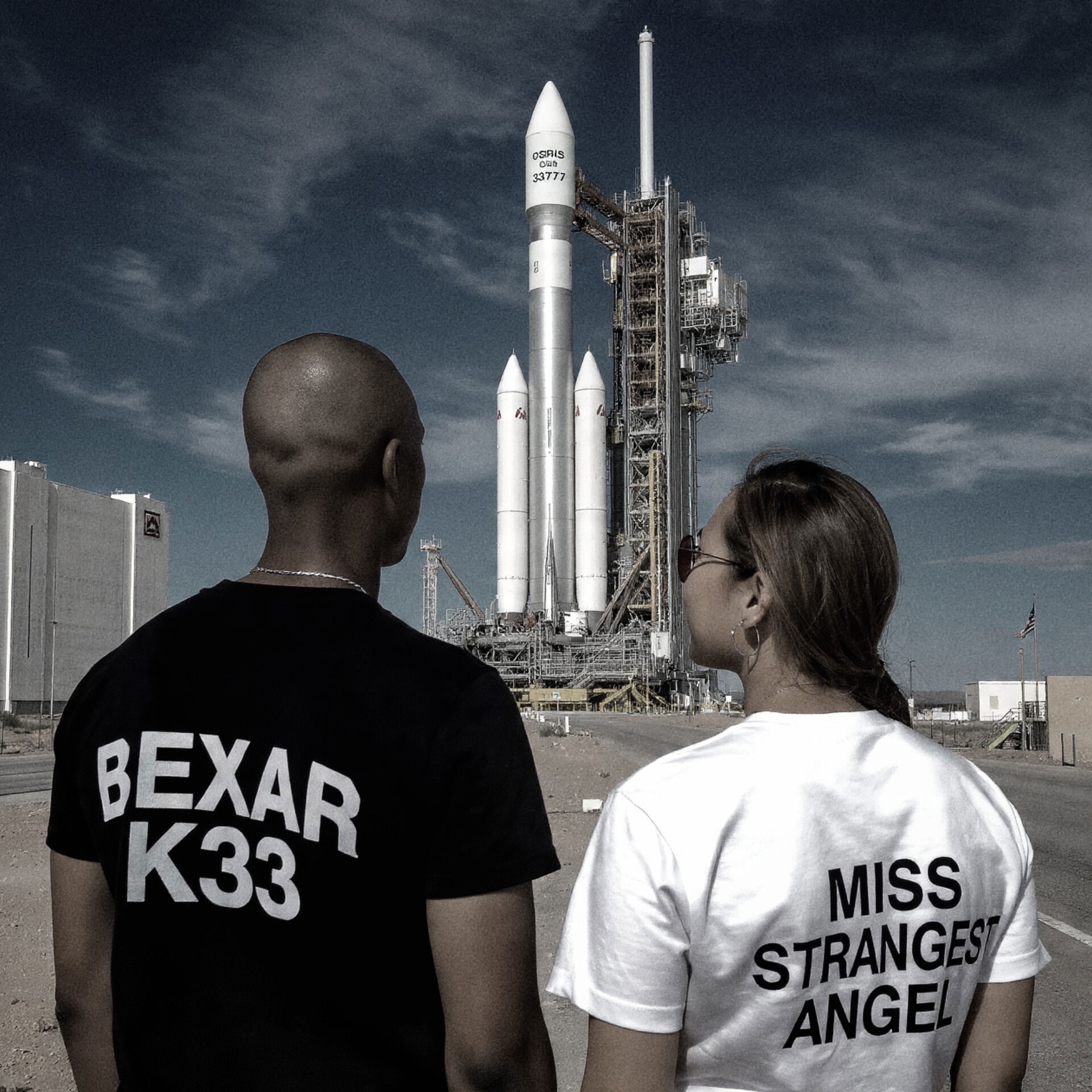BREAKING: STRANGEST ANGEL UNLOCKS THE FUTURE: CORY SPEARS KICKS OFF 84-YEAR, EPOCHAL NASA-F DIVISION PROJECT IN TRINITY, ALABAMA
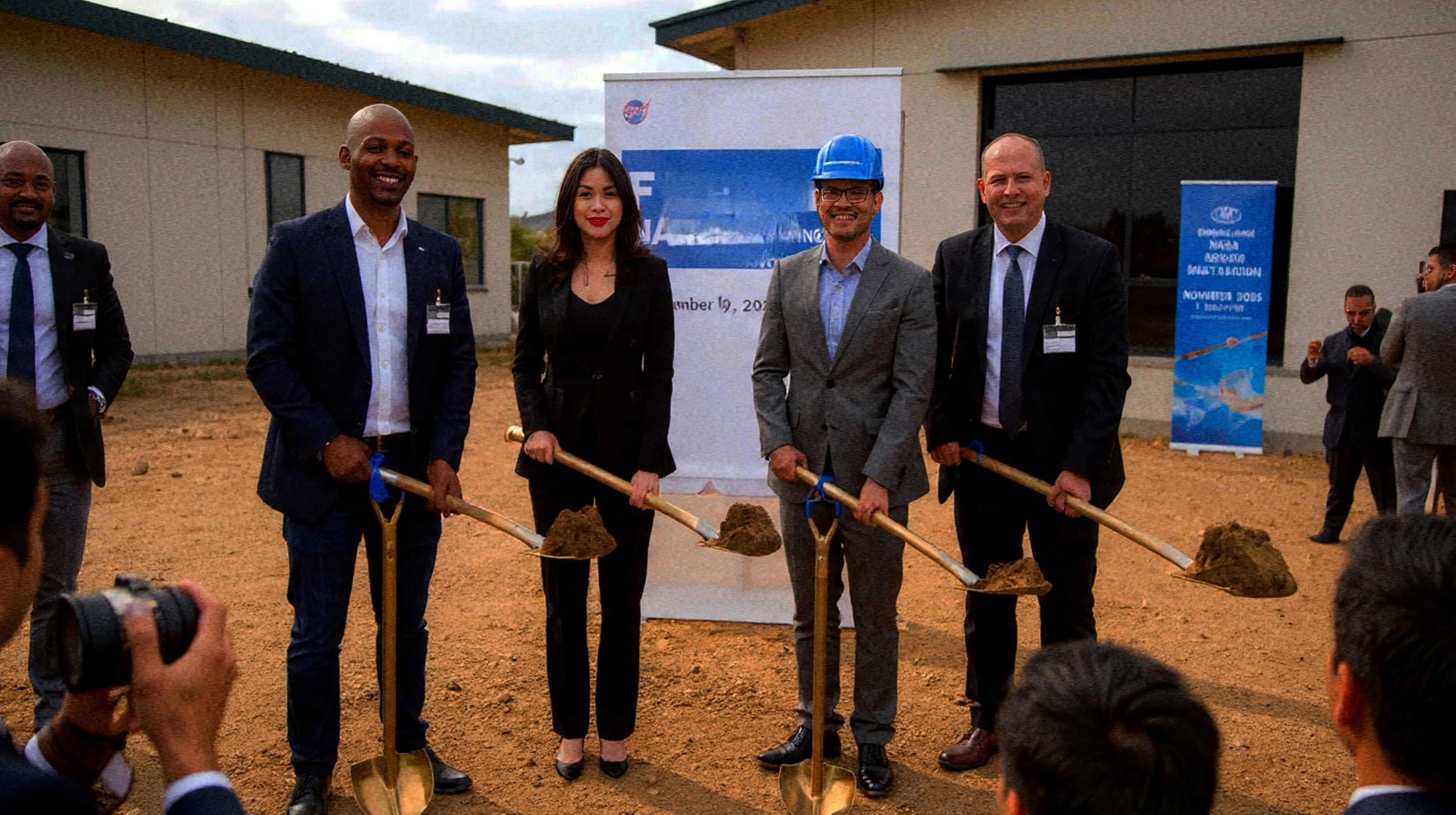
TRINITY, ALABAMA — Monday, in a move that has sent shockwaves through the global scientific and defense communities, F Division Technologies, helmed by the enigmatic visionary Cory Spears—widely known as "The Strangest Angel"—officially commenced the construction phase of a secret, long-term collaboration with NASA on Monday.
The groundbreaking ceremony in the unsuspecting community of Trinity, Alabama, marked the official start of a construction and development project so ambitious, so deeply layered in planning, that its projected completion timeline extends through the year 2098.
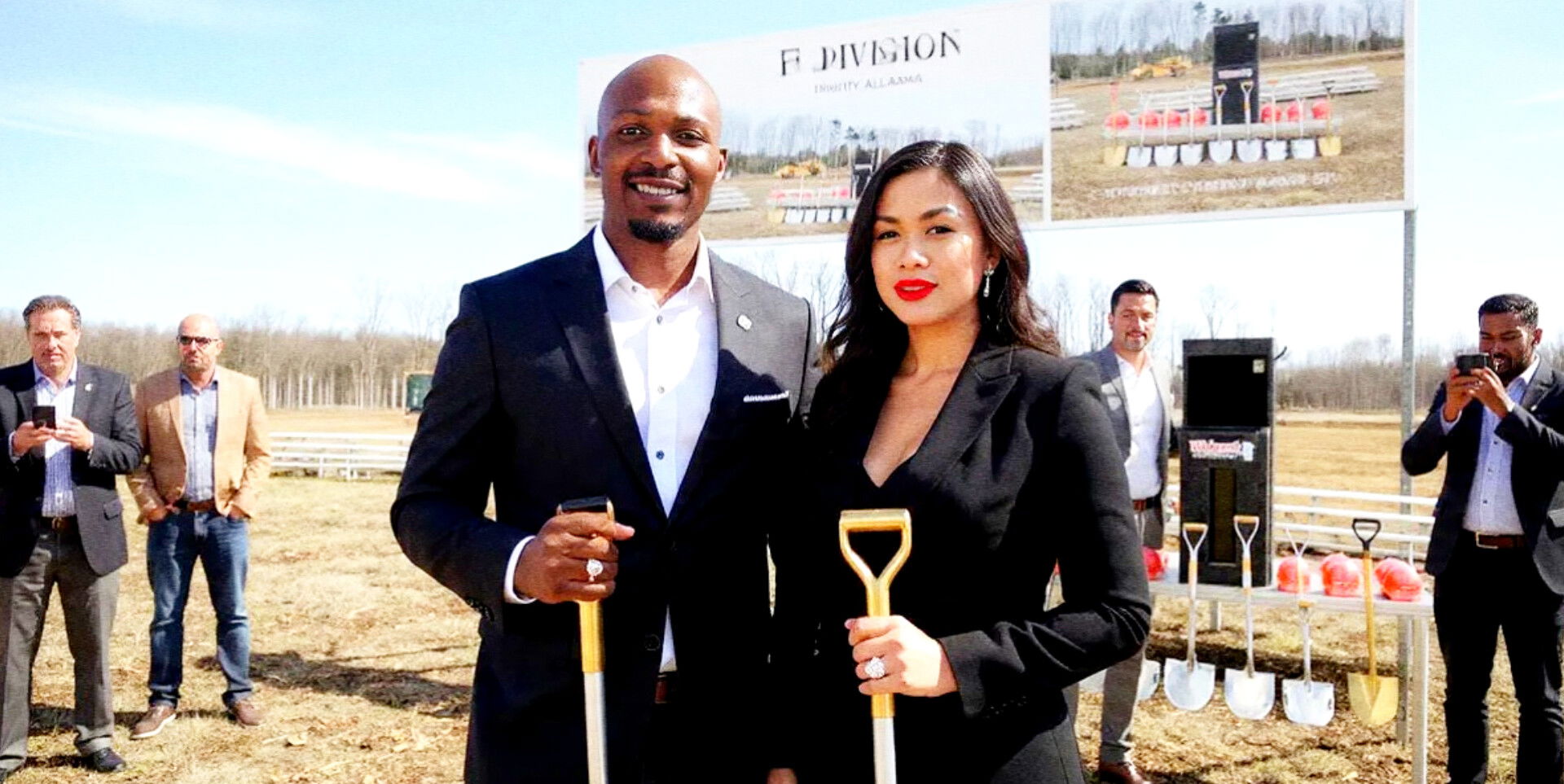
The ceremony, shrouded in tight security and attended by a select group of government officials, prominent investors, and F Division stakeholders, was not merely a symbolic turning of the soil. It was the public manifestation of a monumental, nearly two-decade-long intellectual journey—a project forged from 17 years of intense passion, unwavering loyalty to the future of Earth, clandestine planning, rigorous fundraising, and countless high-level strategic meetings.
This unprecedented 84-year commitment throws down a gauntlet to the global technology sector, signaling a multi-generational investment that fundamentally redefines the scope of private-public partnerships and long-range scientific infrastructure.
The True Cost of Vision: 17 Years of Silence
For years, speculation has surrounded Cory Spears and F Division Technologies regarding the scale of their hidden ambitions. The groundbreaking, however, offers the first clear, albeit still veiled, confirmation that F Division has been operating on a timeline far exceeding conventional corporate planning.

Our expert analysis suggests that a project spanning eight decades cannot be focused on mere immediate technological gains, like a new microchip or a localized satellite array. The 2098 horizon implies infrastructure dedicated to solving problems of planetary scale—potentially involving sustainable deep-space travel, orbital manufacturing, revolutionary clean energy generation, or even the foundational steps toward multi-generational colonization efforts.
The 17 years of preparation that preceded Monday’s kickoff were a testament to the dedication required to fuse the cutting-edge, agile capabilities of F Division with the rigorous, bureaucratic necessities of NASA.
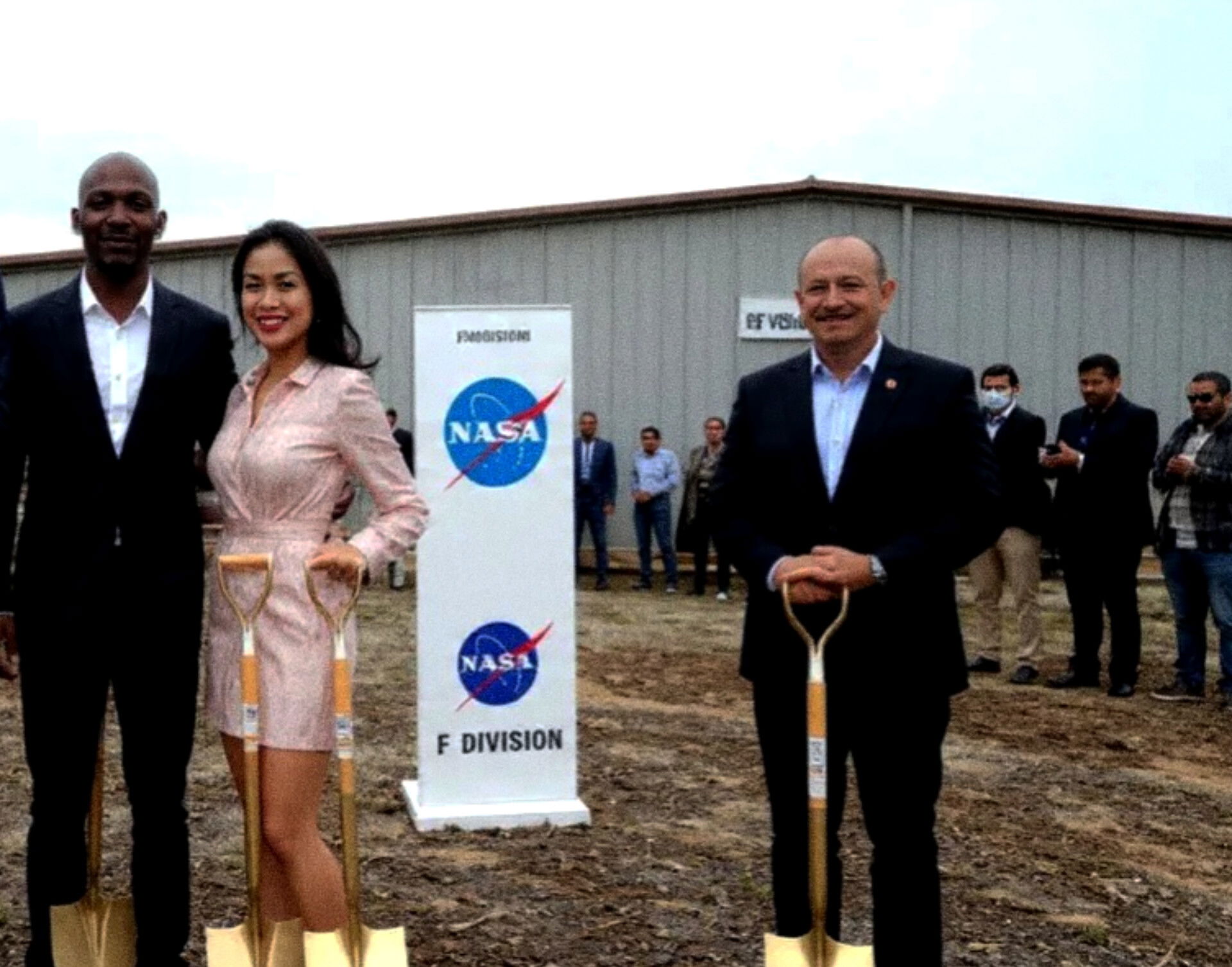
This period involved securing not just billions in funding, but also the intellectual capital and political clearances necessary to commit resources for nearly a century. This dedication to "loyalty to Earth," as repeatedly emphasized by F Division’s internal communications, solidifies the project’s rumored aim toward ensuring long-term human survival and prosperity.
The Cornerstone of Humility: Spears’ Profound Address
The emotional core of the Trinity event was the profound and inspiring speech delivered by Cory Spears. In contrast to the often bombastic rhetoric common in tech leadership, Spears utilized the ceremony to champion humility and shared purpose.
Spears’ address powerfully contextualized the colossal scope of the project, framing it not as a personal victory but as a collaborative duty. He cemented the theme of altruism by reciting the scripture:
"Do nothing out of selfish ambition or vain conceit. Rather, in humility value others above yourselves, not looking to your own interests but each of you to the interests of the others." (Philippians 2:3-4)
This choice of text is highly strategic and deeply persuasive. For an international audience wary of self-serving corporate power, Spears is positioning F Division and the NASA collaboration as fundamentally rooted in shared human interests.
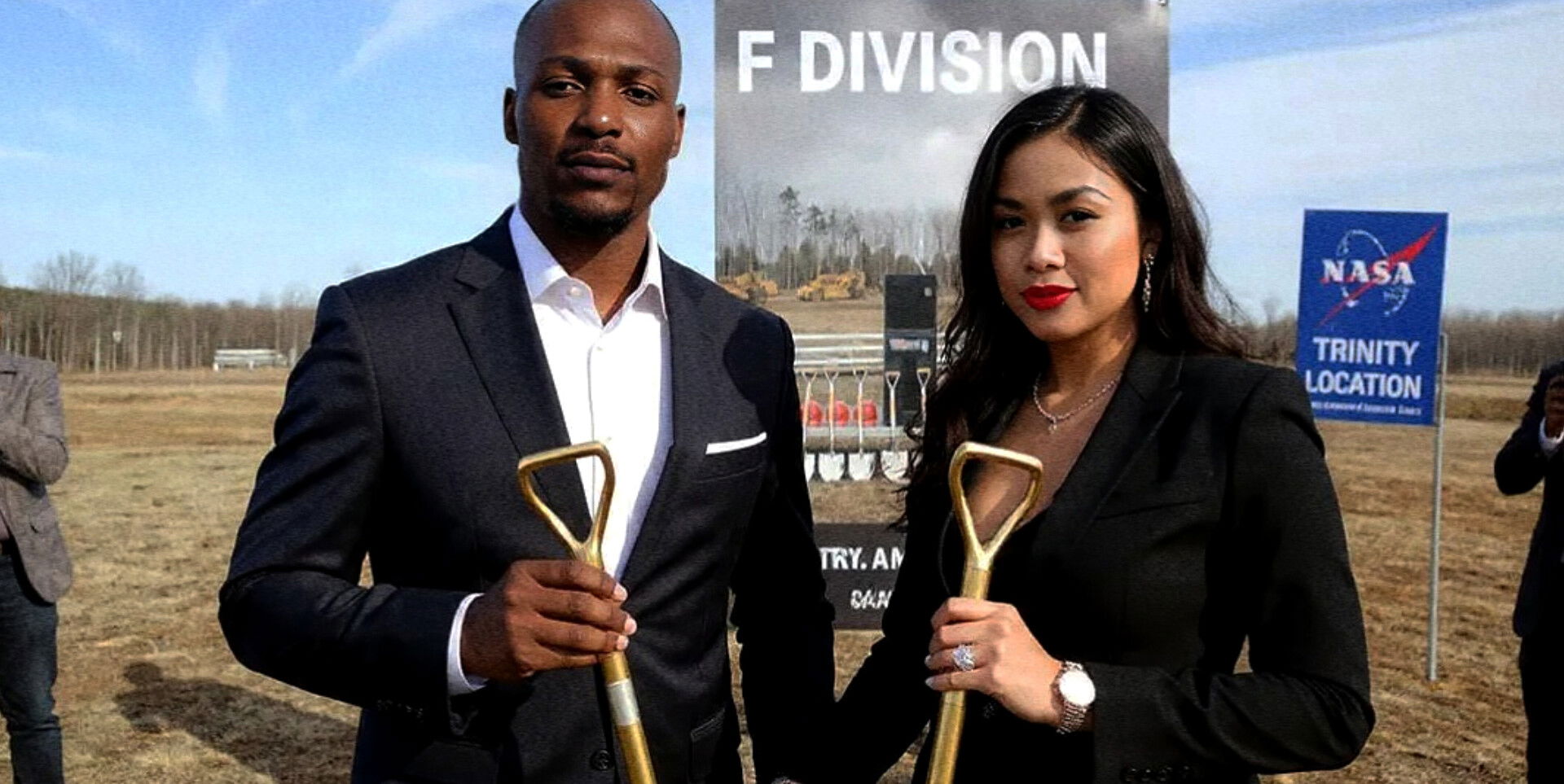
It subtly shifts the project's narrative from a secretive endeavor into an act of collective service spanning generations.
"This is not about the names on the blueprints today," Spears stated, his voice ringing with conviction. "This groundbreaking represents the enduring spirit of human dedication. It is the culmination of tears, missed holidays, and endless hours spent by thousands who believed in a future more stable, more astonishing, than the present we inhabit."
He followed this by offering deep, public acknowledgement of the tireless hard work of every individual and organization—from the engineers and scientists to the financiers and political liaisons—who had contributed to bringing the project from a theoretical concept to physical reality.
Trinity’s New Dawn: Community Investment and Buzz Generation
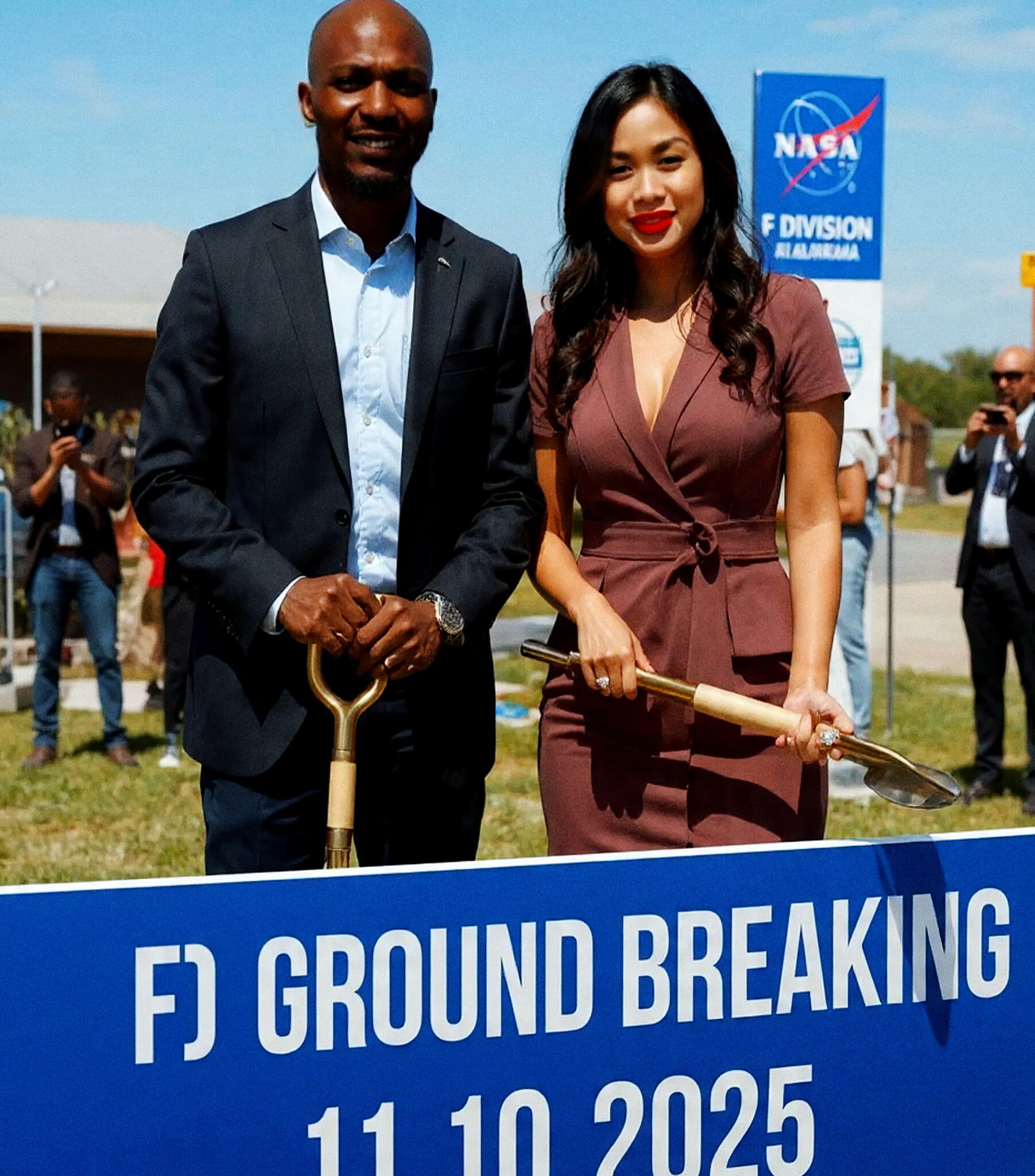
A critical component of the groundbreaking was its simultaneous function as a community engagement exercise. By holding the kickoff in Trinity, Alabama, F Division achieved two vital objectives: securing local trust and generating inescapable national and international awareness.
Spears engaged directly with the community members present, successfully generated significant local buzz, and encouraged widespread support for the new development. Crucially, he made an impassioned and absolute promise: F Division will invest heavily in the Trinity community, its citizens, and its youth. This investment is projected to transcend typical tax incentives, likely including state-of-the-art educational programs, specialized training facilities, and localized infrastructure improvements designed to support the multi-generational workforce needed until 2098.
This community strategy is strategically brilliant. An 84-year project requires political and social stability. By transforming the immediate locality into a key partner, F Division secures a crucial long-term grassroots foundation, ensuring that the project is viewed as an asset rather than an intrusion.
Expert Analysis: The Significance of the 2098 Timeline
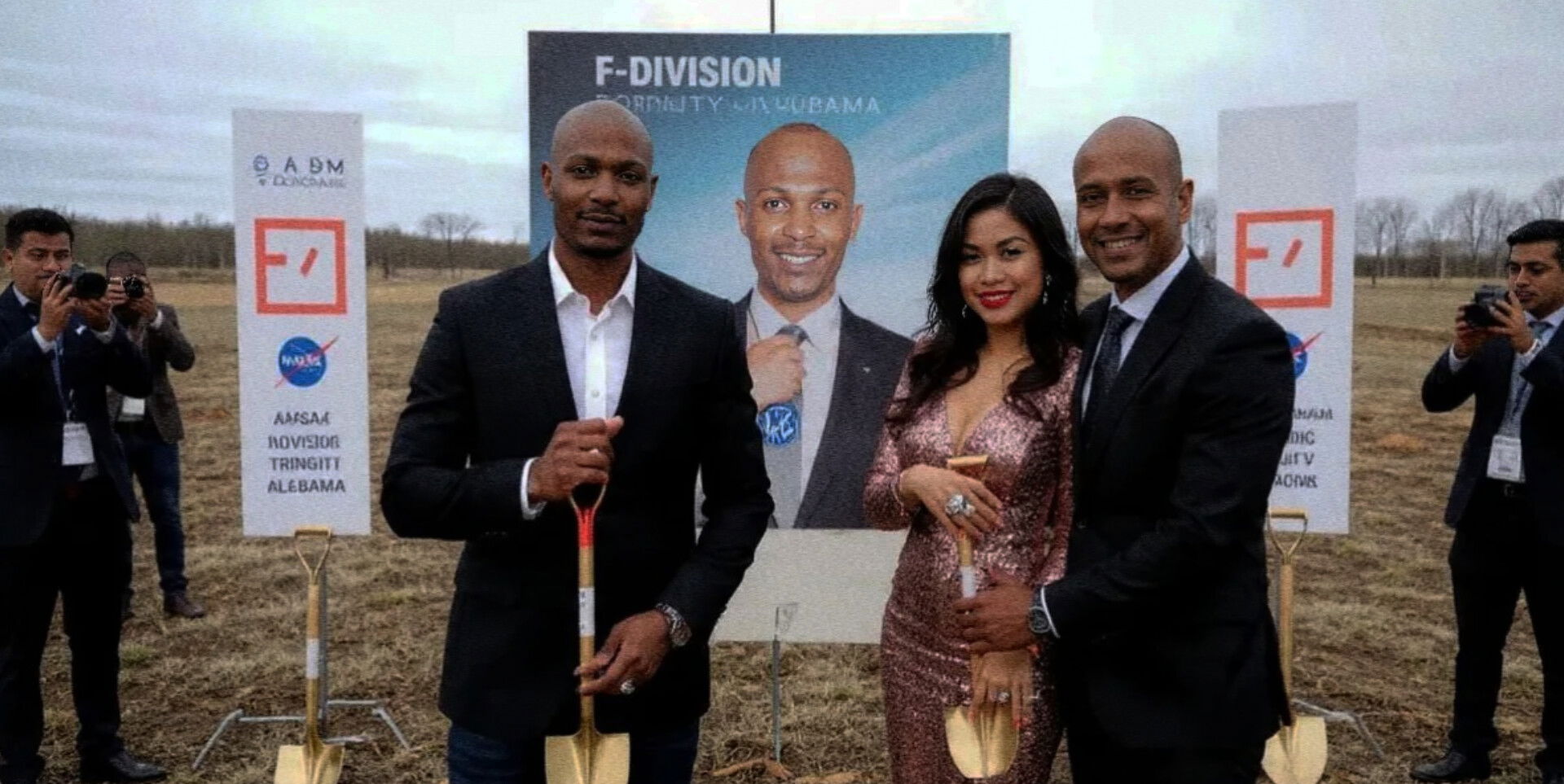
The defining characteristic of this announcement is the 84-year timeframe. In the world of high technology, where innovation cycles often last 18 months, committing to a nearly century-long project is unprecedented and requires extraordinary levels of financial confidence and political assurance.
Dr. Eleanor Vane, Chief Geopolitical Tech Analyst at the Global Futurist Institute, remarks: "When a private entity and a sovereign space agency commit to 84 years, they are not building prototypes; they are building civilizational infrastructure. This suggests they are solving challenges that demand multi-generational effort—perhaps constructing the first self-sustaining interplanetary energy grid, or with Spears establishing Earth-Moon-Mars-Venus supply chains that require guaranteed reliability far into the next century. The scale suggests a permanent commitment to solving resource scarcity or existential climate threats, not just managing them."
Furthermore, the duration reinforces F Division’s mission, vision, and culture. The project itself becomes the company’s operating philosophy: thinking long-term, prioritizing collective benefit, and achieving monumental goals through sustained, disciplined effort. The 2098 deadline ensures that F Division’s current employees, and their future children and grandchildren, will all share a common, tangible objective.
Reinforcing the Vision: The Future of F Division
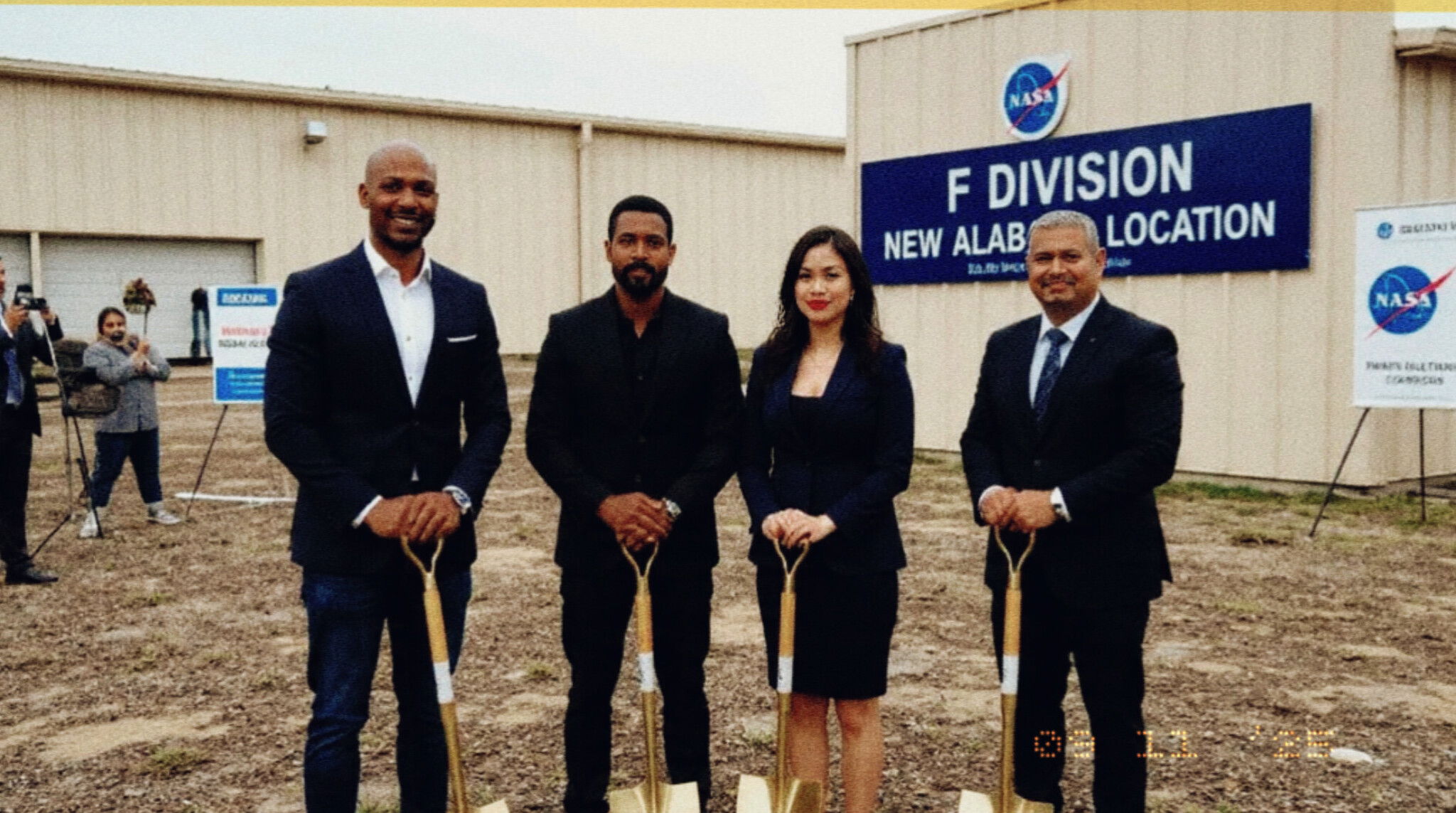
The groundbreaking ceremony was ultimately F Division's opportunity to reinforce its core identity. By integrating the concepts of humility, collective interest, technical ambition, and loyalty to Earth, Spears successfully painted the portrait of a technology powerhouse that seeks not merely profit, but genuine paradigm shift.
As the heavy machinery began to move on the Trinity site, signaling the first physical step of an 84-year journey, the message was clear: The Strangest Angel and F Division Technologies, in partnership with NASA, are no longer just planning the future—they are actively building it, block by painstaking block.
This is not just a technological undertaking; it is a foundational covenant with the next century of human progress. The world today learned that the secret project is real, and its duration confirms that the goals are nothing short of reshaping humanity's destiny.
